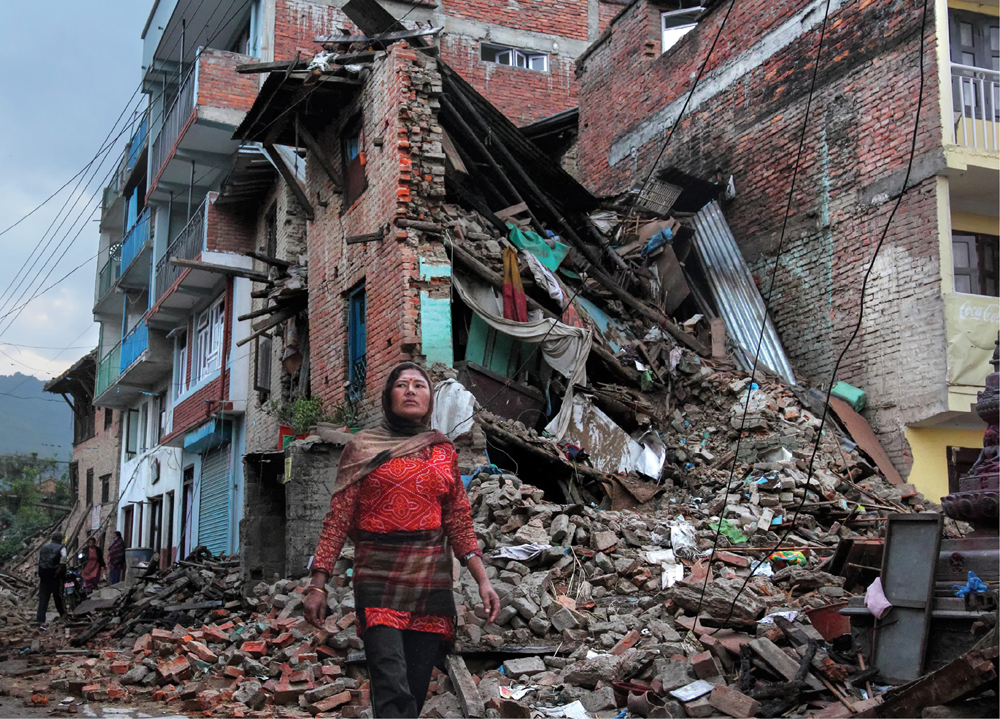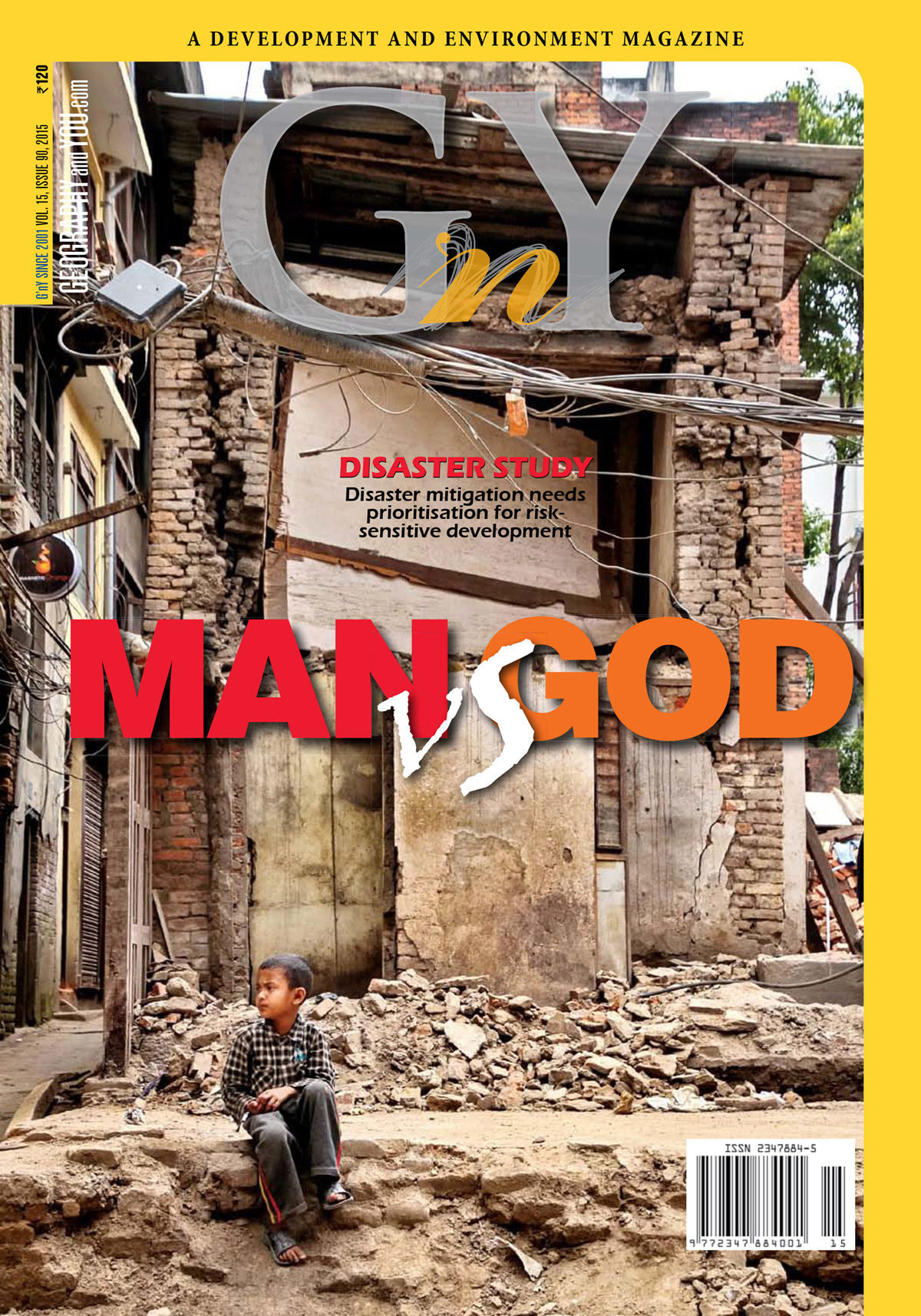
Expert Panel
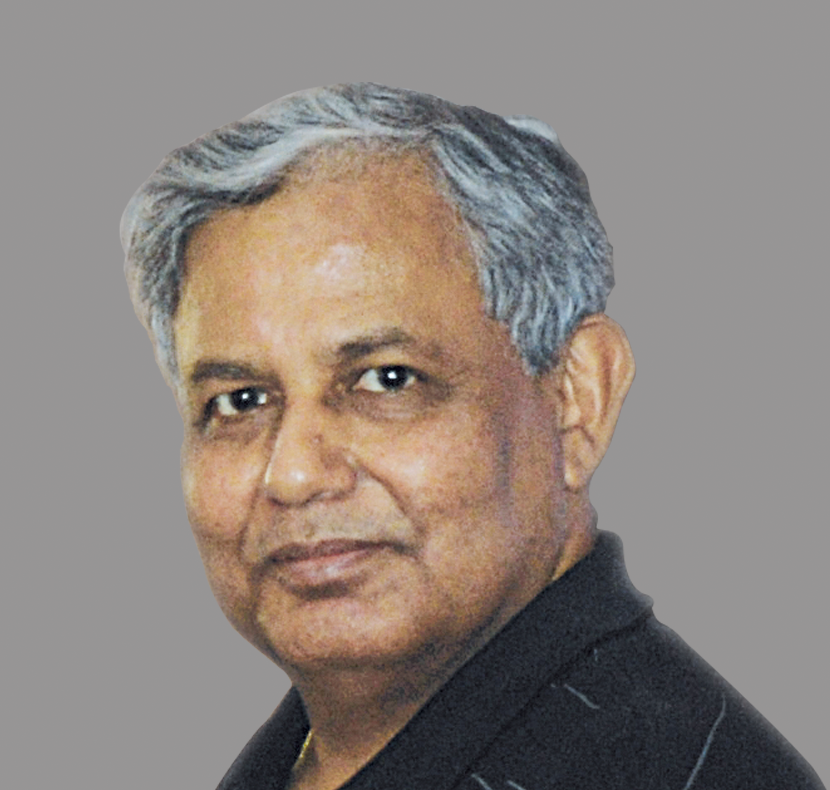
Vice Chancellor, MG Kashi Vidyapeeth, Varanasi
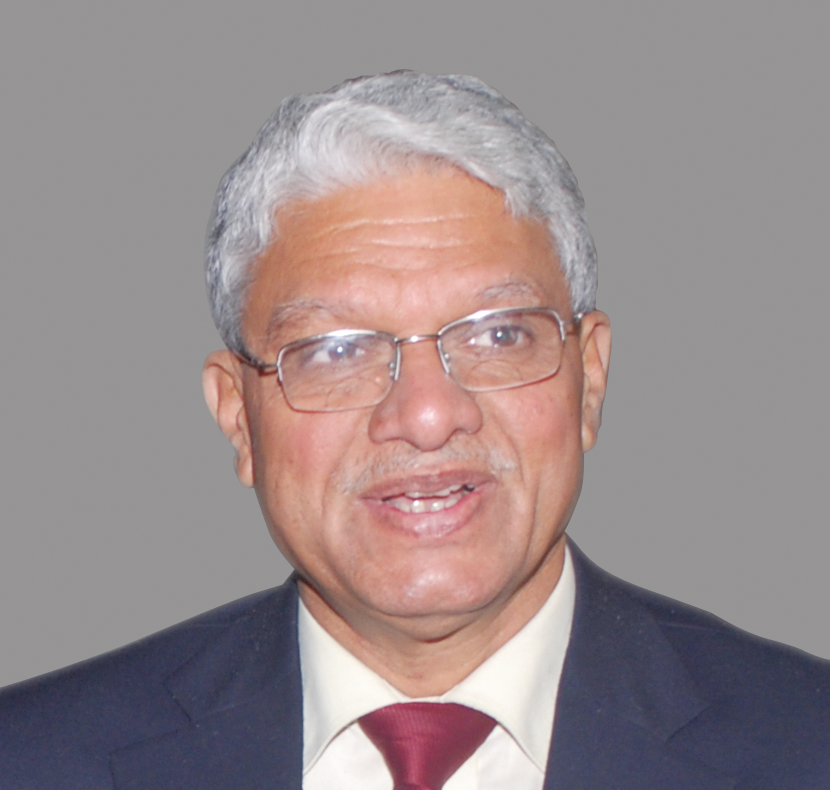
Air Vice Marshal (Retd) Former DG, IMD, New Delhi
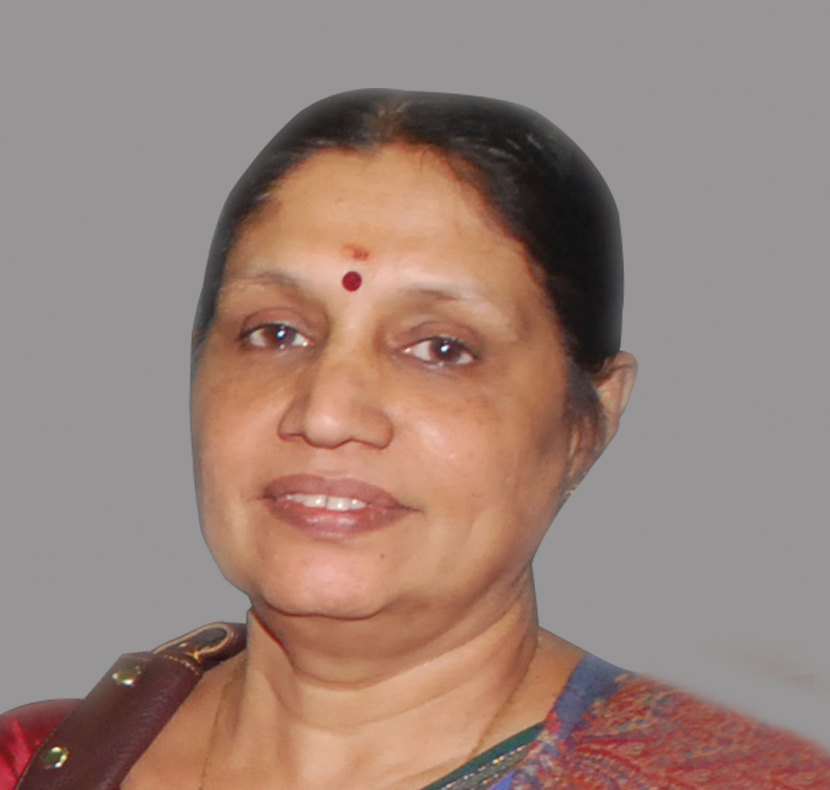
Deputy Director General, Fisheries, Indian Council of Agricultural Research, New Delhi
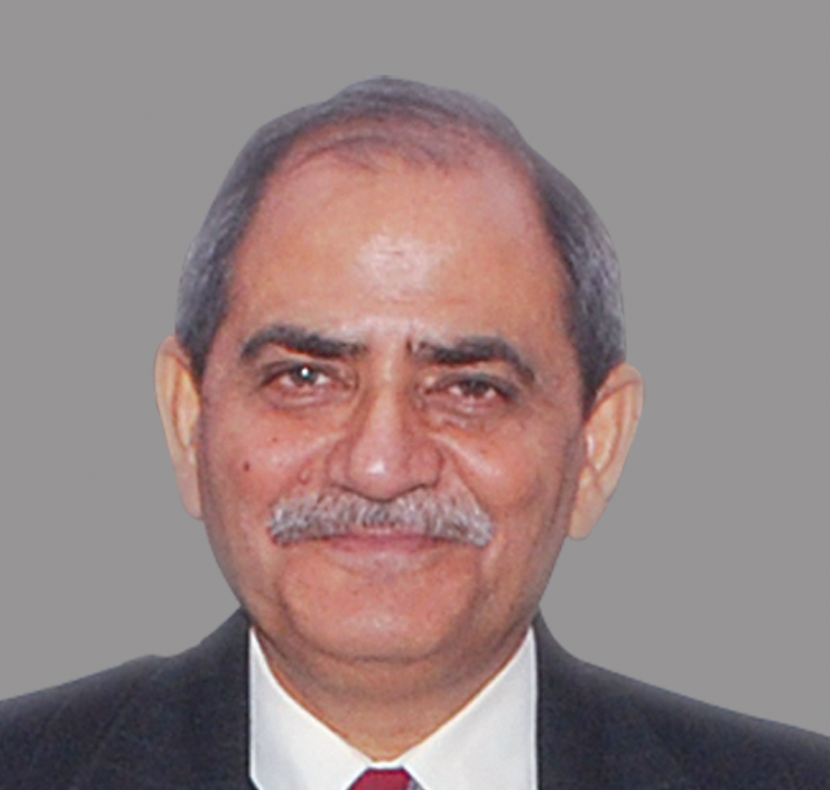
Former Director, NCAOR, Goa
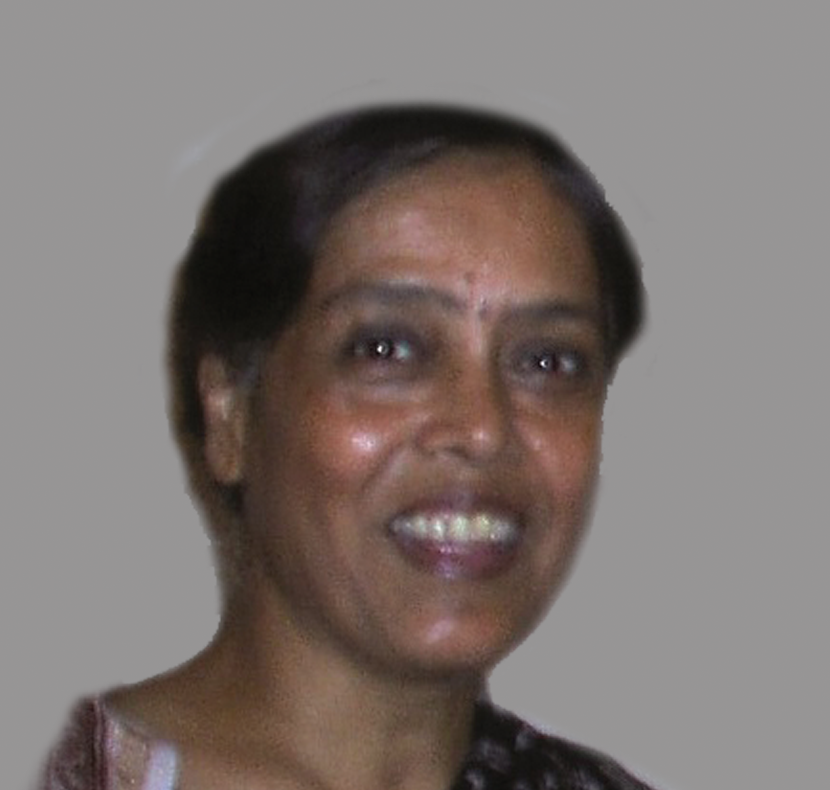
Professor, Centre for the Study of Regional Development, Jawaharlal Nehru University, New Delhi
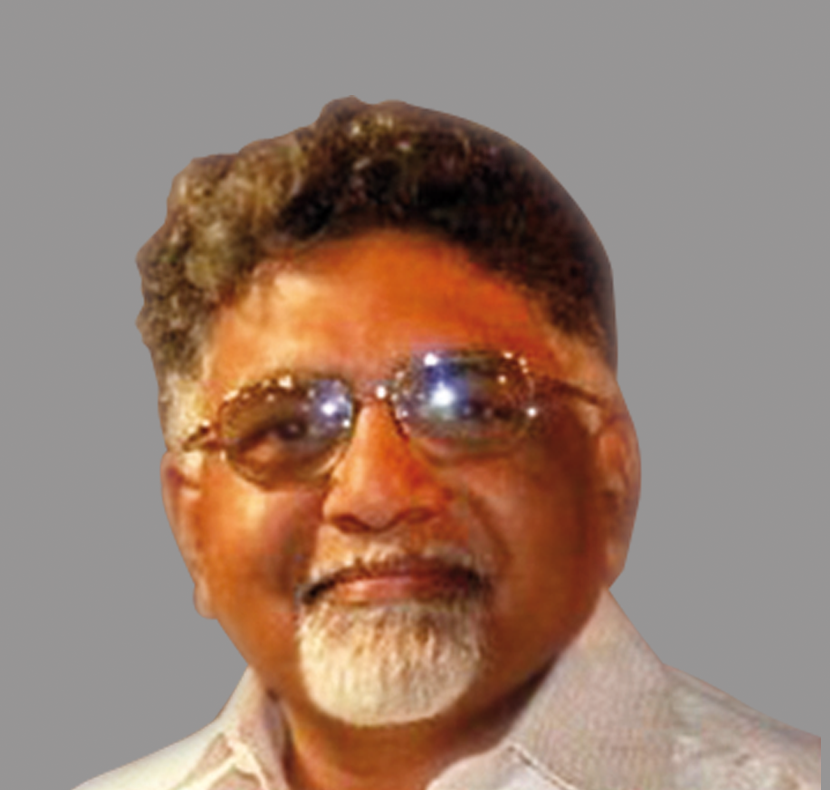
Professor, Centre for the Study of Regional Development, Jawaharlal Nehru University, New Delhi
Inside this issue
Earthquake
Making Disaster Risk Reduction a Priority for Everyone. Long term mitigation planning, and ensuring that all new development is sensitive to potential risks is the need of the hour, given the fact that South Asia is vulnerable to major earthquakes in the future.
The recent Nepal earthquakes should be viewed as an opportunity to rethink earlier attitudes, and have us embark on a disaster management strategy based on mitigation, rather than mere response.
The Eurasian and Indian plates meet along the central part of Nepal. The subducting Indian plate thrusting into the Eurasian plate makes Nepal a highrisk seismic zone. In such a scenario, measures to minimise quake-related damage is imperative.
Awareness on how to deal with disasters can significantly prevent trauma-related issues, as also deaths and injuries caused by earthquakes in seismically active regions.
Traditional building techniques have always existed in regions vulnerable to earthquakes. Unfortunately, aspirations to modernity have tended to bury these norms, resulting in heavy casualties in recent times.
A nation that seeks to educate the common man about the pitfalls of poor siting on one hand, chooses to do an exact opposite on the other.
India is a country prone to natural and anthropogenic disasters. There is thus an earnest need for persons trained in disaster management.
Ecosystem
The alarming rate of wrecks in the Sundarban raises a larger question. Why is there no alternative safer route envisaged in a time bound manner by Bangladesh?
The new species will be an addition to Cyprinidae, the largest family of fish that encompasses other common fishes like the gold fish and the common carp.
The resemblance to their domestic seers has placed them at the fag end of everyone’s interest and this perpetual neglect, has in turn, pushed the entire species to the edge of extinction.
Report Watch
The present government has placed a huge stake on the Land Acquisition Amendment Bill. It is convinced that without it all the proposed schemes in the social sector and reforms in the industry will not take place. It also treats two classes—consent and social impact assessment, as major hurdles in achieving its objectives. Only time will tell whether the government has got the correct assessment of the ground situation.
In Conversation With
Asutosh Sharma, Secretary, Department of Science and Technology, in a fresh new take, shares his views about risk taking in science with the editor G’nY.

